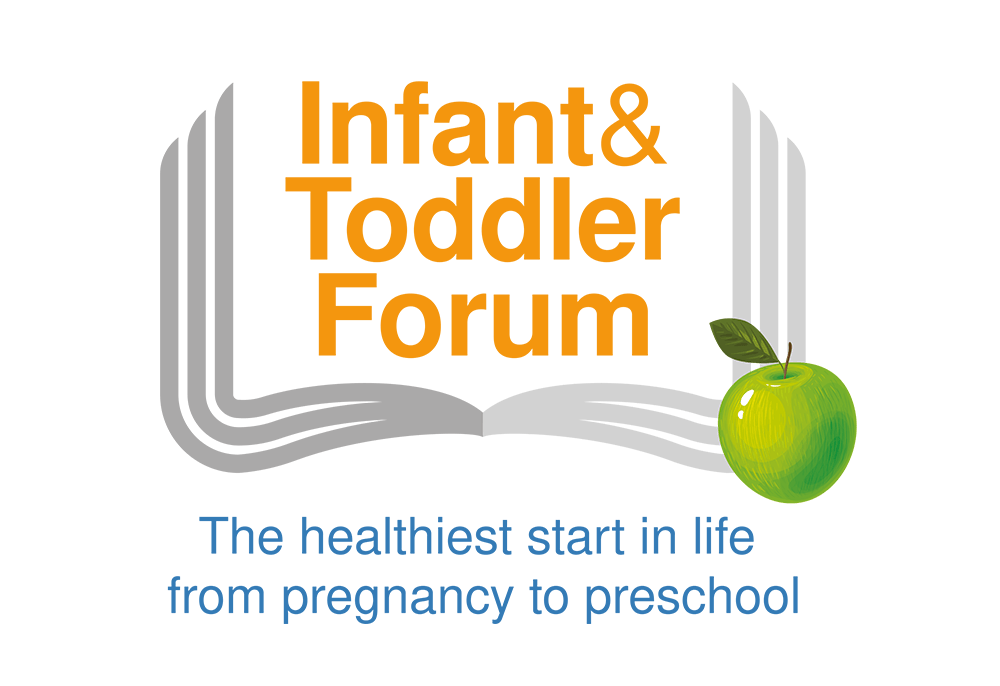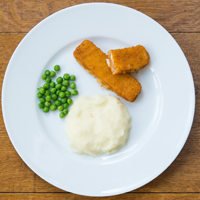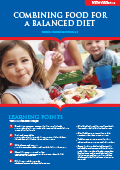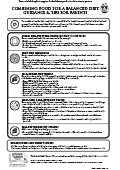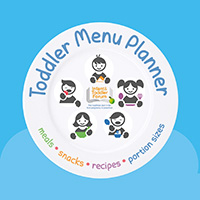
Use our Toddler Meal planning tool to ensure your 1-4 years old receives a balanced diet every day.
Find out more >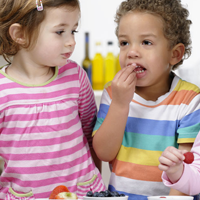
Use our toddler food tracker to check that your 1-4 year olds are getting a good balance of foods and activity
Find out more >
This educational programme for frontline professionals contains a range of practical resources on infant feeding.
Find out more >
Guidance & Tips for Parents

BREAD, CEREALS AND POTATOES
Serve at each meal and offer some as snacks. For example:
- Breakfast – cereal and/or bread, toast or chapatti.
- Lunch and evening meal – potatoes, rice, pasta, couscous, bread, yam or plantain.
- Snacks – bread, bread sticks, rice cakes or crackers, other foods based on flour such as pancakes, tea bread and scones.

FRUIT AND VEGETABLES
Serve at each meal so that your toddler learns they are a normal part of each meal. Aim for about five servings a day.
- Serve fruit at breakfast and at least one vegetable and one fruit at lunch and the evening meal.
- Set a good example by eating fruit and vegetables yourself.
- Cut raw fruit and vegetables into slices, cubes or sticks as toddlers find these easier to eat than a large whole fruit.
- Toddlers often prefer the flavour of vegetables that have been stir fried, roasted or baked rather than boiled.

MILK, CHEESE AND YOGURT
Serve three times a day. Toddlers need less milk than babies and you should aim to replace bottles with beakers and cups by your child’s first birthday. One serving is:
- About 120ml (4oz) glass or cup of milk.
- A 120g pot of full fat yogurt or fromage frais.
- Cheese in a sandwich or on top of a pizza slice.
- A serving of custard or another milk pudding made with whole milk.
- A serving of food in a white cheese sauce such as macaroni cheese.
- Some toddlers may continue with breastfeeds.

MEAT, FISH AND VEGETARIAN ALTERNATIVES
Serve once or twice a day for non-vegetarians and two or three times a day for vegetarians. Always serve a high vitamin C food with vegetarian meals to ensure good absorption of iron.
- Most toddlers prefer softer cuts of meat such as chicken, minced meat, sausages, pate or slowly baked meat. Some will refuse hard, chewy textures.
- Serve oily fish such as mackerel, salmon and sardines in fish cakes or fish pie up to twice a week for girls and four times a week for boys.
- Vegetarian alternatives include eggs, ground or crushed nuts and pulses such as beans, chickpeas, hummus, lentils and dhal.
- High vitamin C foods include tomatoes, peppers, citrus fruits, kiwi, pineapple and fruit juices high in vitamin C.

FOODS HIGH IN FAT AND SUGAR
Allow some each day with, but not instead of, the other food groups.
- Olive oil, soya oil, walnut oil and rapeseed oil give a good balance of omega 3 and 6 fats. “Pure vegetable oil” is often rapeseed oil.
- Include cake, biscuits or ice cream with fruit as a pudding sometimes.
- Allow sweets, chocolate and confectionery occasionally as part of a pudding. However too much sugary food may harm your child’s teeth.
- Dilute sweetened drinks and serve in beakers or cups, not bottles, to reduce the risk of dental decay.
- Only rarely offer salty snacks such as crisps.
